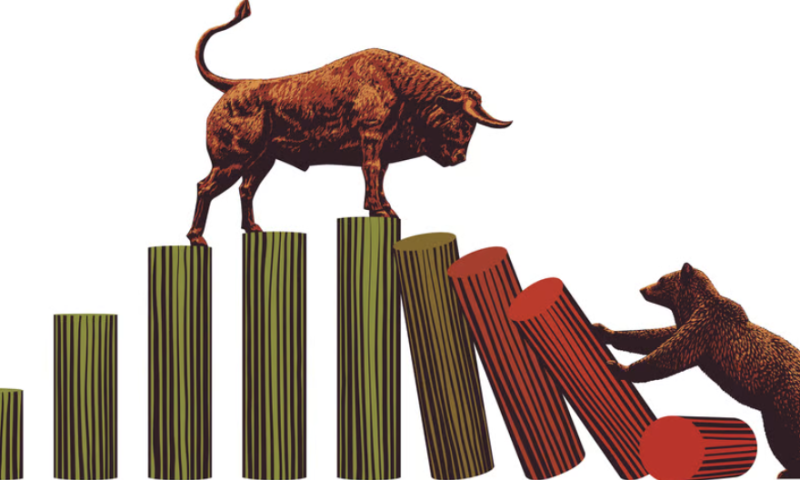How do you know when a tumultuous storm is finally winding down? That’s the metaphorical question facing many in the biopharma industry as stakeholders consider whether the worst of biotech’s bear market is behind them.
There’s no right answer, especially in light of the substantial financial shock that struck biotechs large and small over the last year and a half. But at the inaugural Fierce Biotech Summit Monday, industry stakeholders—from investors to companies—say that recent trends hint at a new dawn. Still, the industry may face a “new normal” after a rickety roller coaster of a market journey spurred a reemphasis on discipline.
“I think we should expect that this is the new normal,” said Stefan Vitorovic, co-founder and managing partner of Vida Ventures. “Now I think it’s interesting—everyone becomes a prognosticator. Nobody wanted to be one when the markets were toppy.”
Life in the months since the worst of the COVID pandemic has often been described this way—as the “new normal”—but the meaning is a bit different in the context of the biotech industry. The sprint to develop vaccines and therapies to fight against COVID spurred rapid innovation in the biopharma industry, which was reflected in both public and private investment. From March 2020 to early February 2021, the index fund of small biotechs, XBI, jumped more than 140%. Both 2020 and 2021 had record levels of private financing. It was a financial period that was anything but normal.
But in the last year and a half, the sugar rush wore off. XBI fell roughly $100 per share to pre-pandemic levels, and private financing has been on the decline. Special purpose acquisition companies, which became a popular vehicle to reach public markets during biotech’s ascension, became obsolete at the beginning of 2022. XBI has since stabilized, often oscillating between $80 and $90 per share. At least two new biotech-related SPAC acquisitions have been announced since the end of August, and there have been at least five financing rounds so far in September that have been north of $100 million.
Beyond just anecdotes, Maha Katabi, general partner at Sofinnova Investments, says there are larger trends that point to promise. For starters, positive clinical trial data are being rewarded with additional capital—and it’s being sustained. Katabi also noted that financing is better reflecting the development stages.
“So there’s that sort of rational allocation of value as you go down the development path,” she said. “And so that’s the reflection of a normally functioning biotech market and a normally functioning investor environment.” She also pointed to M&A in the first half of 2022 exceeding 2021 as another example of the storm clouds parting.
As investors make more calculated decisions, companies are similarly reflecting on how to apply the lessons learned from the last two years. Adam Friedman, M.D., Ph.D., president of corporate strategy and business at Scorpion Therapeutics, says founders should be reviewing options at their companies when the going is good, rather than waiting for a downturn.
“I think when you found the company during the bull market, as things are going well, you always have to know that the music will stop eventually, so you know which chair you’re going to be in,” he said.

